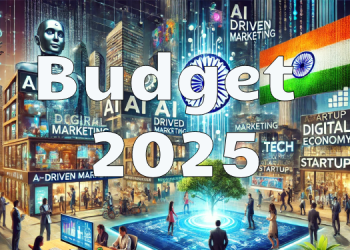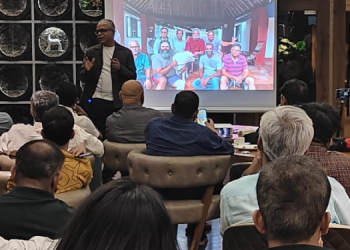YouTube has updated its Terms of Service effective from June 1 for countries outside the United States. The updates include specific changes about facial recognition restrictions and the monetization policy of YouTube. These changes shouldn’t significantly alter the access or use of the YouTube service. The Terms were similarly updated in the United States in November 2020
As per the new policy, YouTube has the right to monetize all content on the platform, and ads may appear on videos from channels, not in the YouTube Partner Program. For creators entitled to revenue payments, such payments will be treated as royalties from a U.S. tax perspective, and Google will withhold taxes where required by law.
While these changes are discomfiting for independent creators, Youtube will benefit greatly. The new norms will enable YouTube to run more ads on the platform without being liable to small creators, which will generate more revenue for the company. YouTube can benefit while brands investing on the platform can reach a wider audience irrespective of the content being published by its registered partners or not.

As per Aman Swetta, Co-Founder and MD, id8 media solutions, The new terms of services reflect YouTube’s objective to revamp their monetising structure and make the most out of resources available on the platform.
He said, “The growth of the platform is fortified by brand advertising and the ads which generate direct response. Brands today are more willing to look beyond television as YouTube offers the reach to a larger consumer base from different market segments. The new terms will further encourage brands to explore new verticals of advertising in this digital world.”

“Youtube can now run ads on channels to whom they don’t have to pay anything, which will boost ad revenue for Youtube and increase the number of creators signing up for their partnership program. Brands will have to flock to Youtube’s partnership program if they’re to increase visibility & gain earnings from Youtube. However, they still won’t be guaranteed any viability, as Youtube can choose to run most ads on non-partner channels”, obseres Amshuman Hegde Sr. Content & Media Professional at SignDesk.
The new terms will further encourage brands to explore new verticals of advertising in this digital world.

According to Siddhartha Vanvani, Founder & CEO, Digidarts, Brands now have a vast ocean of inventories to advertise their products & services on a large number of channels available.
“There are a lot of quality Indian YouTube channels that aren’t a part of the YPP, but now with this new update, brands can target these channels too. This will directly enhance the brand’s reach, views and engagement. Additionally, with the help of different campaigns, brands’ can look at acquiring more users and increase sales,” he said.

“While the move is indeed a bold step and will bring about disruptions in the content creation and digital marketing domains, this decision to monetise the content of small players and not share the cut with them can turn out to be slightly demotivating for the aspiring creators,” observes Amol Roy, Founder of Shutter Cast.

“From a brand’s perspective, the new policy update has created a positive impact for them. Now a wider canvas will be open for the brands, and the brand reach will increase. The brands will be able to choose the content creators where their ads can be featured. The inventories might come at a lesser cost. You have to wait and watch how these policies are being rolled down. Only then we will have deeper knowledge and understanding of how the policy change is going to benefit the brands,” said Rajeesh Rajagopalan, National Business Head- Grapes Digital.

















